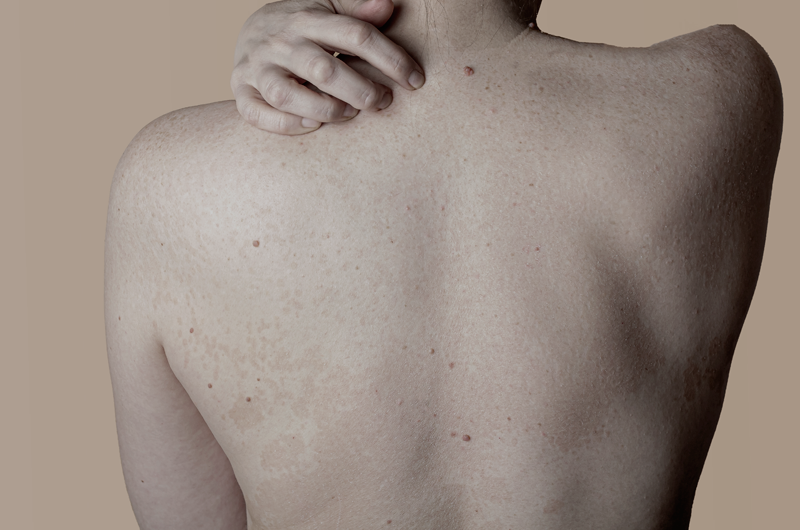Indrashis Podder, Anupam Das, Shouvik Ghosh, Debalina Biswas, Sujata Sengupta, Satyendra Nath Chowdhury
Dermatol Ther. 2020 Jul 2;e13946. doi: 10.1111/dth.13946. Online ahead of print.
Chronic urticaria is characterized by wheals with or without angioedema for, at least, 6 weeks. It is a debilitating condition that affects people’s quality of life. Bilastine is a novel non-sedative H1 antihistamine approved for symptomatic treatment of allergic rhinoconjunctivitis and urticaria in patients older than 12 years old.
The objective of this study was to compare the effectiveness, safety and tolerability of bilastine 20 mg with levocetirizine 5 mg in moderate-to-severe chronic spontaneous urticaria.
This was a double-blind, randomized, controlled study with two arms: bilastine 20 mg once daily (31 participants) and levocetirizine 5 mg once daily (27 participants) for 42 days. The severity of urticaria, global urticaria-induced discomfort and quality of life were evaluated with UAS7 (urticaria activity score), VAS (visual analogue scale) and DLQI (dermatology life quality index) at baseline and follow-up visits.
Primary objective was to assess the variation of the UAS7, and secondary objectives assessed changes in DLQI and VAS. Safety, tolerability and compliance were evaluated by analysis of drug-related adverse events, biochemical investigations and electrocardiogram.
Both bilastine and levocetirizine improved UAS7, DLQI and VAS at the end of treatment. Also, all parameters showed greater improvement with bilastine, but only the UAS7 revealed a significant reduction (p = 0,03). Sedation was also significantly less with bilastine (p = 0,04). Both treatments improved UAS7 and VAS significantly from day 14. No serious adverse effects were registered.
In conclusion, bilastine demonstrated a better efficacy and less sedation for chronic spontaneous urticaria when compared to levocetirizine, however similar effect on quality of life.





